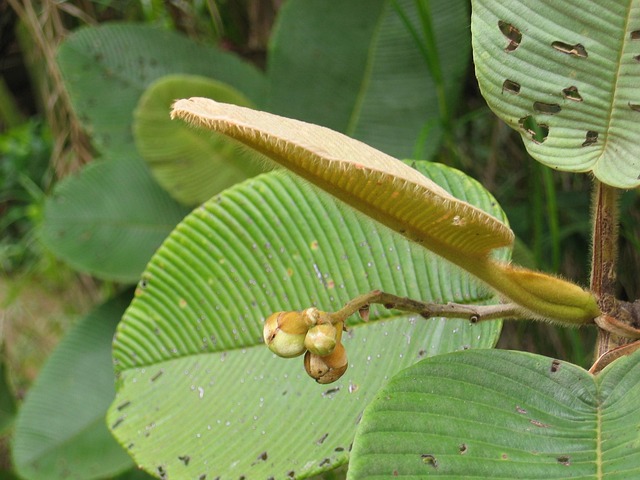Cockroaches thrive in diverse environments, especially dark, humid areas like kitchens and basements. Eco-conscious homeowners can effectively control roach infestations using natural repellents like essential oils, boric acid powder, bait stations, and traps. Preventative measures include regular cleaning, sealing entry points, and maintaining cleanliness to deter cockroaches. Sustainable practices and integrated pest management (IPM) offer humane alternatives to traditional pesticides, breaking the cycle of future infestations.
In the quest for effective cockroach control, it’s essential to balance humanity with environmental consciousness. This article explores humane and eco-friendly methods to tackle roach infestations without resorting to harsh chemicals. We’ll guide you through understanding cockroach behavior, comparing traditional to alternative control options, discovering green products and techniques, and implementing preventative measures for long-term solutions. Learn how to effectively manage roach infestations while preserving the well-being of both humans and the planet.
Understanding Cockroach Behavior and Habitat
Cockroaches, despite their reputation as pests, are fascinating creatures with distinct behaviors and habitats that understanding is key to effective cockroach infestation removal. They are highly adaptable and thrive in diverse environments, from dense forests to urban settings. In homes and buildings, roaches often find shelter in dark, humid areas like kitchens, bathrooms, and basements, where they can easily access food and water sources. By identifying these hiding spots and understanding their preferences, we can develop targeted strategies for humane and eco-conscious cockroach control.
Knowing that roaches are nocturnal and tend to avoid light, many effective methods focus on eliminating their food sources, sealing entry points, and using natural repellents. Regular cleaning, especially in areas with organic debris, can significantly reduce their presence. Additionally, monitoring traps and baits can help track their movements and identify specific species, allowing for more precise and less harmful interventions compared to traditional chemical pesticides.
Traditional vs. Humane Cockroach Control Options
In the battle against cockroach infestations, traditional methods often rely on harsh chemicals that can be detrimental to both human health and the environment. These toxic substances may effectively remove roaches but come with significant drawbacks. As awareness of sustainable living grows, so does the demand for humane and eco-conscious cockroach control options.
Humane approaches prioritize non-lethal tactics and environmentally friendly solutions. One such method is using natural repellents like essential oils or boric acid powder, which deter roaches without causing them harm. Traps that capture rather than kill are another effective option, allowing for safe removal and potential reuse. These alternatives not only minimize the risk of exposure to toxic substances but also foster a healthier living environment for both residents and local ecosystems.
Eco-Friendly Products and Techniques for Roach Infestation Removal
When it comes to roach infestation removal, eco-friendly products and techniques offer a safer, more sustainable approach. Instead of resorting to harsh chemicals that can harm both your family and the environment, consider using natural repellents like essential oils (e.g., peppermint, lemon, or neem oil) which can effectively deter cockroaches due to their strong scents. Plant-based insecticides, made from ingredients like boric acid or diatomaceous earth, are also effective in eliminating roaches while minimizing ecological impact.
Another eco-conscious method for roach infestation removal is the use of bait stations and traps. These products lure roaches with food or pheromones, ensuring a more targeted approach that reduces waste. Additionally, maintaining a clean environment by promptly cleaning up crumbs, spills, and garbage can significantly deter cockroaches from entering your space. Regular vacuuming and mopping also help remove eggs and reduce the roach population.
Preventative Measures and Long-Term Solutions
Preventative measures play a crucial role in managing and eliminating roach infestation removal. This involves creating an environment that discourages cockroaches from entering and breeding. Simple yet effective steps include maintaining cleanliness, especially in kitchens and dining areas. Regularly cleaning surfaces, sweeping floors, and promptly disposing of garbage creates an unwelcoming habitat for these pests. Additionally, sealing entry points like cracks, gaps around pipes, and windowsills with caulk or weatherstripping is vital to prevent roaches from finding their way indoors.
Long-term solutions focus on sustainable practices that address the root causes of cockroach presence. This may involve implementing integrated pest management (IPM) strategies, which integrate various control methods, including biological, cultural, physical, and chemical approaches. For instance, introducing natural predators like spiders or using non-toxic baits and traps can be more humane and eco-friendly alternatives to traditional pesticides. These methods not only control the current infestation but also help break the cycle of future invasions by targeting specific behaviors and habitats.
In addressing cockroach infestations, adopting humane and eco-conscious methods is not only beneficial for your health and that of the environment but also ensures a more effective long-term solution. By understanding these insects’ behavior and habitat, we can implement effective yet safe strategies. Eco-friendly products and techniques offer a wide range of options for removing roach infestations without causing harm to non-target species or contributing to environmental pollution. Preventative measures play a crucial role in cockroach control, ensuring these methods are not just reactive but proactive as well.
